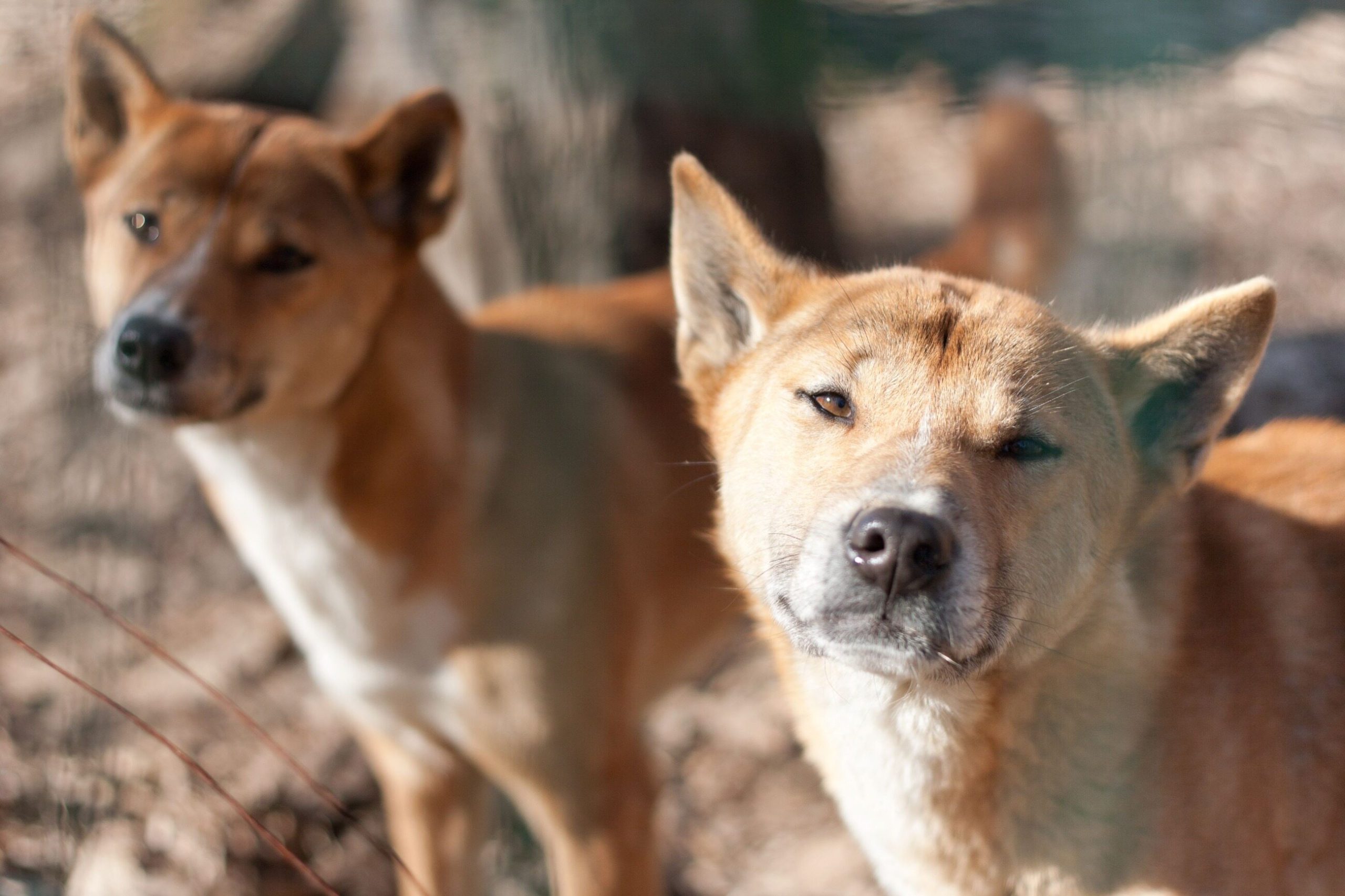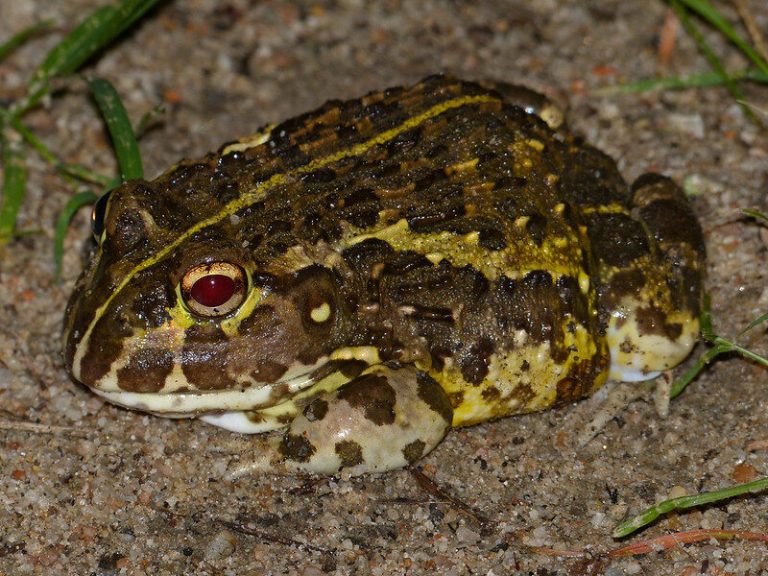New Guinea Singing Dog Survives in the Wild! The herd was found after 50 years

He can sing and, according to some, yodel. It has just turned out that the New Guinea singing dog, as scientists officially call it, can still be found in the wild. For nearly 50 years, it was believed that representatives of this species survived only in farms.
The New Guinea Singing Dog (Latin: Canis lupus hallstromi) is one of the original dog breeds that have survived to this day. The animal, which is closely related to the dingo, has retained many of its original features that distinguish it from the domestic dog. These include, among others: distrust and unpredictability in behavior. There are about 200 representatives of this species in reserves and zoos. These are the descendants of several wild dogs captured in the 1970s. Due to the lack of a new gene pool, it is difficult to further breed these dogs.
A breakthrough discovery
For about half a century, no New Guinea dog was observed in the wild, which led researchers to the hypothesis that the animals had simply become extinct in the wild. This was the case until 2016, when a scientific expedition found 15 wild dogs in the western part of Papua New Guinea. The first tests were then carried out, which raised the hope that the encountered quadrupeds were representatives of an ancient breed.
Scientists returned to the same place in 2018 to collect even more data. Comparison of DNA from the blood of the three dogs suggests that they have very similar genomic sequences and are very closely related. The research was published on Monday in the Proceedings of the National Academy of Sciences of the United States of America (PNAS).
DNA compatible
– It seems that (among the known breeds – ed.) they are most closely related to the population of the singing dogs reserve, whose representatives are descendants of eight animals brought to the United States many, many years ago – commented one of the authors of the publication, geneticist Elaine Ostrander.
The researcher noted that artificially bred dogs had been bred only among themselves for many years, which is why they had lost much of their genetic diversity, so they were not a perfect comparison material. Ostrander emphasized, however, that mountain wild dogs have 70 percent compatible genotype with relatives from the United States. In her opinion, the lack of complete compliance results from changes that have occurred in animals over many years of inbreeding (which involves the mating of animals related by common ancestors – ed.).
Will they rebuild the population?
Scientists hope that they will be able to use wild singing dogs to rebuild the population of, among others, by using their sperm to impregnate captive females. – New Guinea singing dogs are rare and very exotic because they have beautiful harmonious vocals that are difficult to find anywhere else in the wild, so losing this species would be a bad thing. We don’t want this animal to disappear, Ostrander said. Scientists emphasize that dogs’ unusual vocal skills are not their only distinguishing feature. Animals have extremely flexible joints and spines, which allows them to climb and jump like cats.





